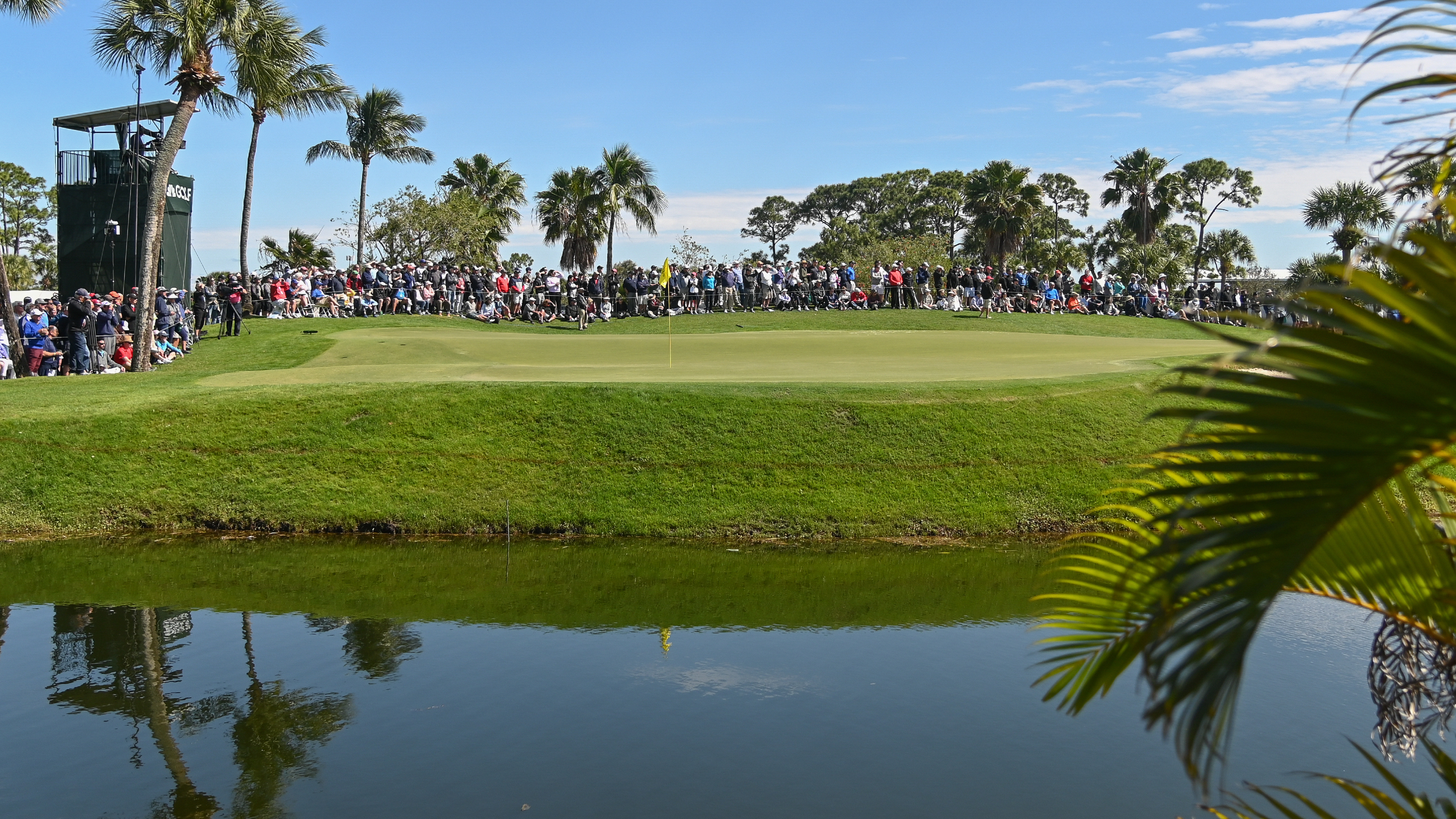
A dead heat in golf is when two or more players finish with the exact same score and, therefore, in the exact same position. This is significant for bettors as if your player is on the edge of where you need them to finish, it impacts your payout.
Read our complete guide to dead heat rules to learn how dead heat impacts, 3 balls, top 5, top 10, and first-round leader betting.
What is a Dead Heat?
A dead heat happens when two or more golfers get the same score in a round or competition. If you have backed a player to finish in a particular position or to win a matchup and the result is tied, your payout will change. How much your payout changes depends on how many players are tied for the same position.
What are the Dead Heat Rules in Golf Betting?
The dead heat rules will vary between bookmakers for golf, so always read the terms and conditions before betting. For the most part, betting sites will cut your stake in the event based on how many places are involved in the dead heat and how many players. You won’t get your cut stake back and will just be left with your remaining stake and profit.
Dead Heat Golf Betting Examples
The best way to learn is by practicing (that’s certainly the case with golf), so we’ve listed some examples of how dead heat rules with different bet types below. With each example, we’ve used scorecards to give you a better perspective of how this type of betting works with real-life scenarios.
Top 5 Dead Heat Example
With top 5 betting, you predict which players will finish in the top 5 of a particular competition. Here’s an example of a potential competition leaderboard:
Four players are tied for third position. Effectively, that’s six golfers taking up five spaces. If you have backed one of Justin Rose, Rory McIlroy, Jon Rahm, or Justin Thomas, your wager will be impacted by the dead heat.
As four players are taking up three spaces in the top 5, there is effectively one extra player. So your bookmaker will split your stake by how many players are tied and let you keep your stake in the bet except for the extra players. In this instance, you get to keep 75% of your stake as there is only one extra player.
In this case, if you bet £100 on Justin Thomas to finish in the top 5, you now effectively have a £75 wager on that finish. So rather than making £2,000 in profit, you make a £1,500 profit.
Top 10 Dead Heat Example
Top 10 betting works the same as top 5 betting, except you’re trying to predict which players will finish in the top 10. To show how dead heat rules in other scenarios, let’s look at a different leaderboard:
In this example, there are more players in the dead heat, with five golfers sharing just one place. As your bookmaker splits your stake by how many players are in the dead heat and lets you keep as many segments as there are places, you keep 20% of your stake in the bet.
If you’ve bet £10 on Tommy Fleetwood, you only get to use £2 of this stake in your bet. So effectively, you’ve bet £2 on odds of 10/1, and your profit will be £20 rather than £100.
3 Ball Example
Most golf competitions have players setting off to play in groups of three and allow you to bet on the winner of these matchups. However, if there is a tie between the leaders of these groups, dead heat rules apply.
Dead heat betting works the same as with other bet types, where your stake will be cut depending on how many places and players are tied. There can only be one leader and a maximum of three players. Therefore, your stake will be cut to 33% at most.
Here’s an example:
Fitzpatrick and Zalatoris are tied in this matchup, so two players are in the dead heat. If you’ve bet £10 on either player, your stake will be halved because two golfers tied for one spot. That £5 wager on Fiztpatick will net you £40 in profit rather than £80. Likewise, the dead heat £5 bet on Zalatoris would score you a £80 profit rather than £160.
First Round Leader Example
As with all other types of dead heat golf bets, when there is a tie for the first-round leader, your stake is cut by how many players occupy the same spot. There is only one spot to compete for with the first-round leader (top).
For example, at the 2023 US Open, the first-round score was tied between Xander Schauffele and Ricky Fowler. As your bookmaker splits your winnings by how many people are involved in the dead heat, your stake is split by 2. The odds for Schuaffele were 18/1 and effectively paid out at 9/1. The odds for Fowler were 50/1 and effectively paid out at 25/1.







